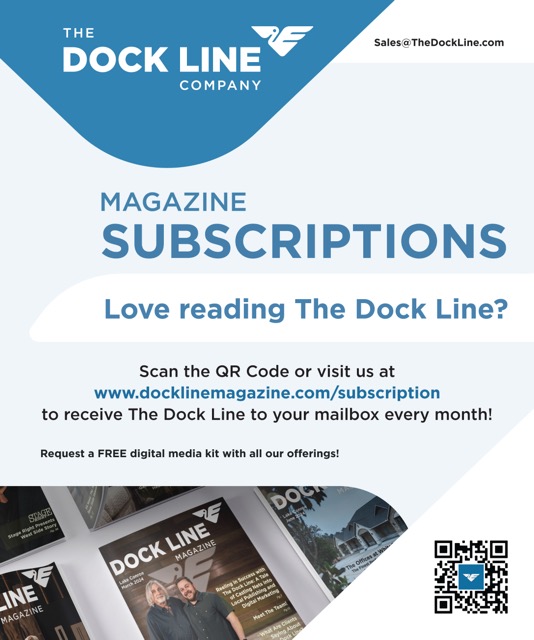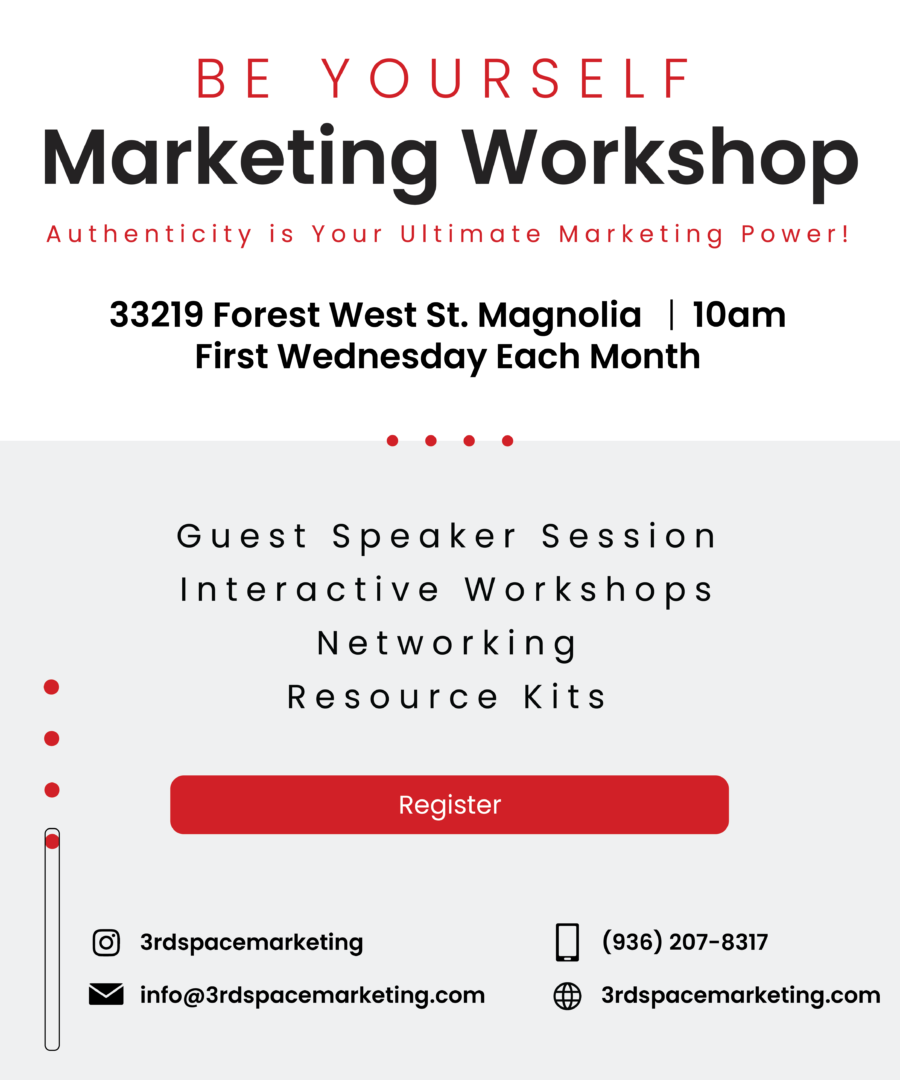Online with Dock Line: Tips for Building a New Website
Have you been thinking about building a website? You’re not alone. Most business owners struggle knowing if they have the best website for their business. They often spend a lot of money on a website, and although it looks nice, it doesn’t do much for their business. Their websites aren’t working for them – or even getting seen at all, for that matter – and they struggle to bring in new leads online consistently.
A poor website can be confusing and frustrating to consumers who are looking for answers to their problems. Even if your services are the best in town, people could end up going with your competitor because it’s easier for them to navigate that website and understand what they’ll be getting.
Don’t let your business get lost in the internet sea of noise. We’ll help you create a strategy to be intentional about what you’re promoting and accurately reflect your brand. When these things are communicated clearly, customers will be more likely to take action. Get a website that stands out, converts, and grows your company.
Common website building mistakes
There are a lot of mistakes you can make when creating a website—trust us, we’ve learned the hard way. Website building can take an extensive amount of time, and once it’s complete, your work is permanently out there for the world to see. Here are some of the most common mistakes we’ve seen out there when it comes to poor websites.
Using a website builder
Maybe you’re a do-it-yourselfer, and the idea of a website builder seems like a cheap, easy way to promote your business. While this may work for the very beginning stages, website builders are not customizable. As your business grows, you’ll want to expand your services and even change some things.
Unclear messaging
Did you know that on average, users leave a website within 10-20 seconds? That means you have 10-20 seconds to tell them who you are and what you do. If the first thing people see on your website is a paragraph of text or a bunch of videos and photos, there’s no clear message for them to find. The first section of your website should be brief, catchy and give enough information for them to know what you do.
Getting too creative
When displaying your brand, you should definitely utilize creativity to make your company stand out from the rest. However, this can quickly get out of hand and overwhelm the user. Using too many bright colors, flashy buttons, and complicated fonts will distract your customers from who you are and what you do. Colors are powerful and can elicit specific emotions, but use this power for good, not evil. Keeping things simple while adding a pop of color is usually a good rule of thumb.
Develop a website strategy
There is a science to website building, and it requires some strategic planning and brand defining. Once you’ve defined what your brand sounds like, looks like and even feels like—you’ll have a framework for building your website.
Who is your audience?
The first thing to figure out is, who is your target audience? If you have a hair care product for women, you’ll be able to use more feminine fonts and colors. If you operate a law firm, you probably don’t want to use bright colors and bold fonts, but keep things looking professional.
Along with the appearance of your website, the message you send is just as important. Think about your ideal customer, and what kind of problems they face on a daily basis. How are you the solution to those problems? This problem-solution scenario is the bread and butter of your website. Take time to write out the problem your customer is facing and how you bring the solution, and then summarize it into a few sentences. This will be the main focal point of your website, and the first words the customer should see.
What are your website goals?
What do you want to accomplish with your website? It can be numerous things or just one thing. The most popular goal is, of course, increasing sales. A website with purchasing ability increases access for consumers to your products, and getting the products when they want them. If you have a restaurant, your goal may not be increasing sales immediately, but rather making a reservation.
In order to stand out among the competition, another goal might be to become the authority or expert in the industry. Consumers not only come to purchase products but are educated along the way. This also establishes trust with your audience.
What is your call to action?
Your call to action or CTA is the centerpoint of your whole website and business. It’s the door to a transaction. Everything else on the website is a path that leads to this door, and once they get to that door, you need to decide what you want them to do next.
Depending on the stage of interest the customer is in, they may want to purchase something right away, or do more research. But either way, you’ll need to have a strong call to action. Some examples we see everywhere are “Buy now” or “Get a quote.” This button needs to have enough information so that the customer knows what they’re going to get when they click on it. However, these flashy buttons can get annoying when misplaced or misworded, so be intentional about their placement.
If you’re a business owner and you don’t have a website, you’re missing out on half of your potential customers! On the other hand, if you have a poor website that you’re not proud of, it could hurt your business. Either way, The Dock Line can help! Contact us today and we’ll create a plan to build out a website that grows your business, brand awareness, and overall sales.
If you need assistance with building or redesigning your website, The Dock Line’s professional Web Designers can help!
Visit www.thedockline.com or email us at [email protected]
Want to read more articles about digital marketing? Visit TheDockLineMagazine.com/OnlineWithDockLine















